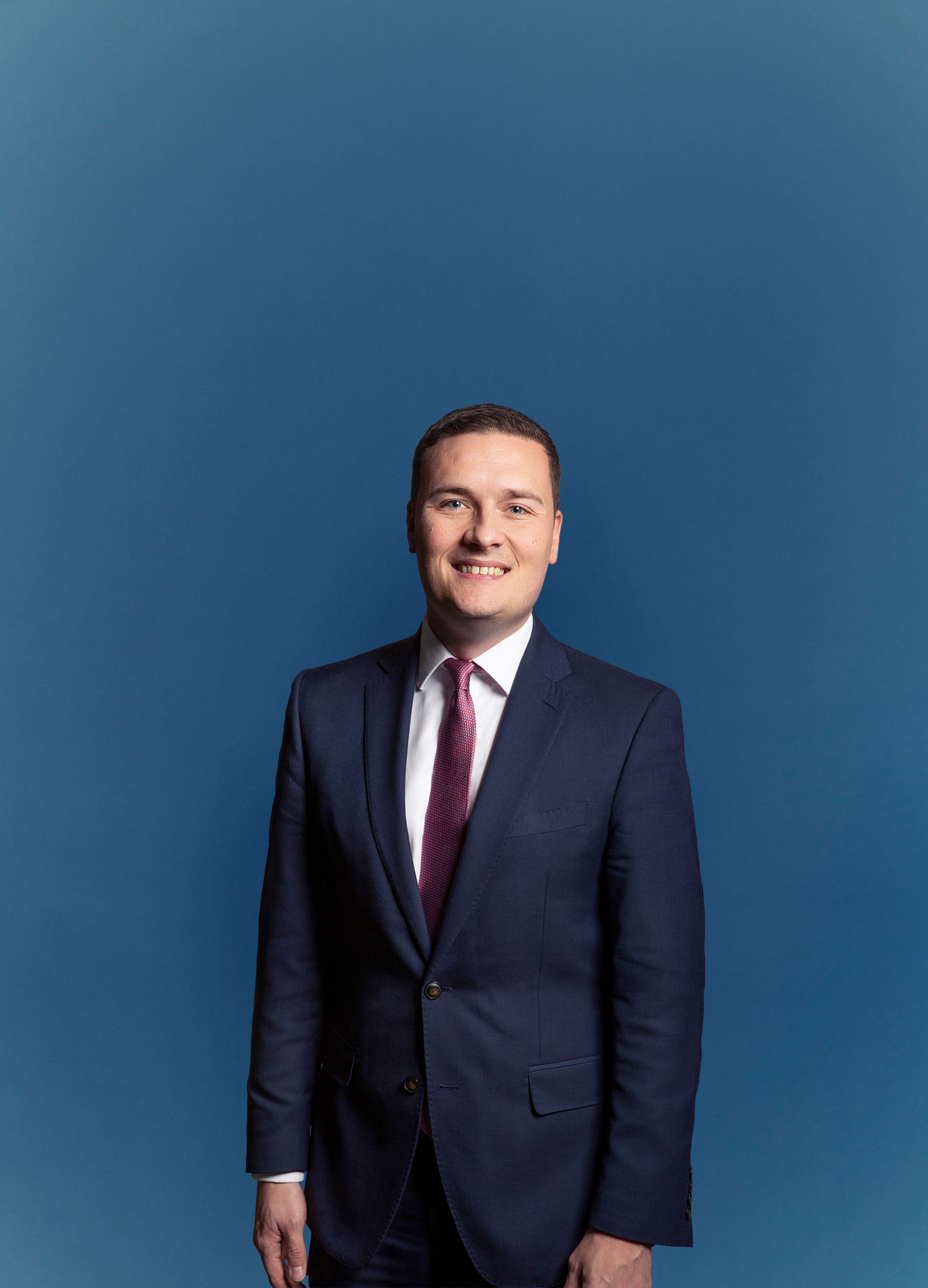RSV Can Be a Killer. New Tools Are Identifying the Most At-Risk Kids
After 25 years as a pediatric infectious diseases specialist, Asunción Mejías is too familiar with the deadly unpredictability of respiratory syncytial virus (RSV), an infection that hospitalizes up to 80,000 children under the age of 5 every year in the US.
“It’s a disease which can change very quickly,” says Mejías, who works at St. Jude Children’s Research Hospital in Memphis, Tennessee. “I’ve always told my colleagues that for every two children that are admitted, one can go to the ICU in the next three hours and the other one may go home the next day. It’s totally unpredictable.”
RSV infections are very common, to the point that nearly every child will have one before they turn 2 years old. Most children experience symptoms similar to a cold, like coughing and sneezing, but some can develop severe lung disease: RSV is responsible for more than 100,000 infant deaths globally every year, nearly half of which are in babies under 6 months of age.
The problem is, aside from a few known risk factors such as premature birth and preexisting lung conditions, it’s hard to tell which children will be worst affected. “Eighty percent of children that end up in the hospital with RSV seem totally healthy,” Mejías says. “They were born full term, and don’t have any risk factors for severe disease.”
So around the world, different research groups are attempting to train machine learning algorithms or develop statistical models that can indicate which children are most vulnerable to RSV. Based on vast databases of electronic health records, these tools aim to identify groups of risk factors that can help predict which children are more likely to be hospitalized with an infection. Health care providers can then use this information to prioritize the most at-risk children for vaccines and other preventative measures.
Earlier this year, respiratory epidemiologist Tina Hartert and her colleagues at Vanderbilt University developed one such tool using a statistical model to identify a set of 19 risk factors for RSV, after training it on data from more than 400,000 infants on the Tennessee Medicaid program. “It allows an individual infant’s risk to be calculated at birth,” says Hartert.
Some of the variables used in the tool are unsurprising. Prenatal smoking, for example, is known to impair lung development in the unborn fetus, making a baby more vulnerable to viral pneumonia, while babies with a low birth weight already lack the strength to breathe normally. However, in many cases, Hartert says it is a combination of different risk factors that converge to make a child vulnerable. “Assessing just individual factors misses lots of at-risk infants,” she says.
In 2023, regulators in the US approved a vaccine called Abrysvo that is designed to be given to mothers during weeks 32 to 36 of pregnancy, with the aim of ensuring that babies are born with protective antibodies against RSV. They also approved a drug called Beyfortus, a laboratory-made protein called a monoclonal antibody, which can be administered through a single injection to provide protection ahead of the winter RSV season.
Yet prescribing such immunizations to every pregnant mother and child is not necessarily financially viable, especially for health care systems in low- and middle-income countries, where 97 percent of RSV fatalities occur. “The high price of RSV immunization, both the antibodies and the maternal vaccines, is a severe obstacle for vulnerable children getting them in many countries,” says Pekka Vartiainen, an RSV researcher at the University of Helsinki. “In places where children suffer from RSV the most, the access to new immunization methods is the most limited.”
Vartiainen has developed a tool similar to Hartert’s, called RSV Risk, based on a number of clinical measurements including birth weight, mother’s age, family history, and whether a child was born with conditions such as congenital heart defects. A machine learning algorithm identified these measurements as the biggest factors in determining vulnerability to RSV, based on data from more than 2.6 million children in Finland and Sweden.
Vartiainen says that even in high-income nations like Finland, such tools can help prioritize resources. “If you take the 10 percent of children who have the highest predicted risk, the data from our study showed that their actual risk of severe RSV infection is almost five times higher than the rest,” he says.
While the digital tools developed so far are intended to inform medical decisions such as immunizations shortly after a child is born, Mejías predicts that, in the coming years, there could also be more advanced options to screen children when they are admitted to hospital with a serious RSV infection.
Last year, she worked on a study that showed that more severe RSV-related disease is related to a lower production of mucosal interferons—proteins that act as a biological alarm system, alerting the immune cells to the presence of a virus.
Some companies are developing nasal swabs that could be used to assess a child’s interferon response at the time of hospital admission. Mejías says this could provide doctors with vital clues about how well a child’s immune system is faring and their likely disease trajectory.
“These kinds of tests aren’t available yet, but they could help triage these children, and allow doctors to give more informed assessment and advice to families,” she says. “At the moment there is a lot of anxiety, not knowing what is going to happen with your baby in the hospital over the next 24 hours. And in cases where they’re likely to be in danger, it will help make sure those children are more intensely monitored.”





